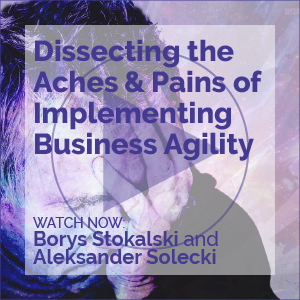Back to Basics: Defending Against Cyberattacks
Passwordless Authentication & FIDO: The Future of Security?
Cyber Resilience & Countermeasures — Opening Statement
Tech Leaders Benefit from a Cyber-Savvy Boardroom
Tech Leaders Benefit from a Cyber-Savvy Boardroom
Digital Twins for Sustainability: Current Status & Applications
The Role of Business Architecture in Software Design
Quantum Computing Will Drive Parallel Innovation
Leading Successful Tech Projects Requires Courage
Leading Successful Tech Projects Requires Courage
Green, Secure IoT for Enhanced Sustainability Strategies
The Internet of Things (IoT) is being used — and can be used — in key business and industry sectors, buildings, and households to improve energy and operational efficiency, thereby minimizing environmental impact. In this Advisor, we take an inward-looking approach to examine how we can reduce IoT’s own environmental impact and explore its cybersecurity risks. We also discuss how we can leverage and benefit from IoT’s full climate-action potential and help create a sustainable environment.
Practical Use Cases of IoT Solutions in Healthcare
Balancing Growth & Sustainability: Technology-Led Business Model Transformations
Promoting Gender Equality at the Leadership Level
Cyber AI: Leveraging the AI-Cybersecurity Nexus for Heightened Protection
Intensifying Attacks Demand New Strategies
Intensifying Attacks Demand New Strategies
Proactive Defense: Threat Hunting & Deception
Proactive Defense: Threat Hunting & Deception
Effective Cybersecurity Starts with Strengthening the Corporate Boardroom
Effective Cybersecurity Starts with Strengthening the Corporate Boardroom
Cyberattacks: Strategies That Matter — Opening Statement
Cyberattacks: Strategies That Matter — Opening Statement
Flexibility Can Help Tech Close the DEI Gap
A societal attitude that home and childcare duties should be carried out by women is widespread in many countries. During the COVID-19 global pandemic, more women than men lost their jobs or felt they had to stop work. But the IT sector initiated, and needs to continue with, COVID-19-induced societal transformation toward remote work.





















